Bright teleprime with a low weight and a reasonable price. The build quality is good and the AF speed is pretty much the best of what Canon provides. Sharpness wide open is already very good and will be plugging it to f/4 ragscherp.
Pros
- Sharpness
- AF speed
- Format
- Black
- Build quality
- Focus-limiter
- Weight
Cons
- No stabilization
- Statiefgondel not included
- Lens hood is uncomfortable in use
Final conclusion
Score: 4Per criterion
AF speed
Score: 5
Introduction
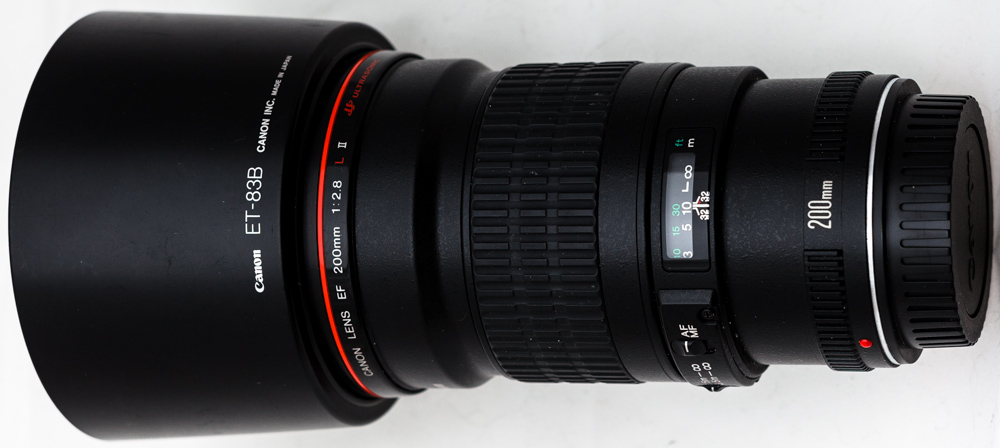
For a long time I found my 70-200 f/4 IS a beautiful lens, because he is wide open all sharp and a good weight. But actually I wanted f/2.8, but the 70-200 f/2.8 L (all versions) is a heavy lens to continuous your camera to hang. Because I already have a few primes and I well from the feet without really the flexibility of a zoom to miss, was a prime a good compromise: the intensity, not the weight. The 135/2L is a beautiful lens, but personally I think this is not such a great focal length for full-frame. The 200mm f/2.8 L was actually the lens that I was looking for and found. I could have my 70-200 f/4 IS nice trade for the 200/2.8 L (and some extra money added) and I have no regrets.
Build, and ergonomics
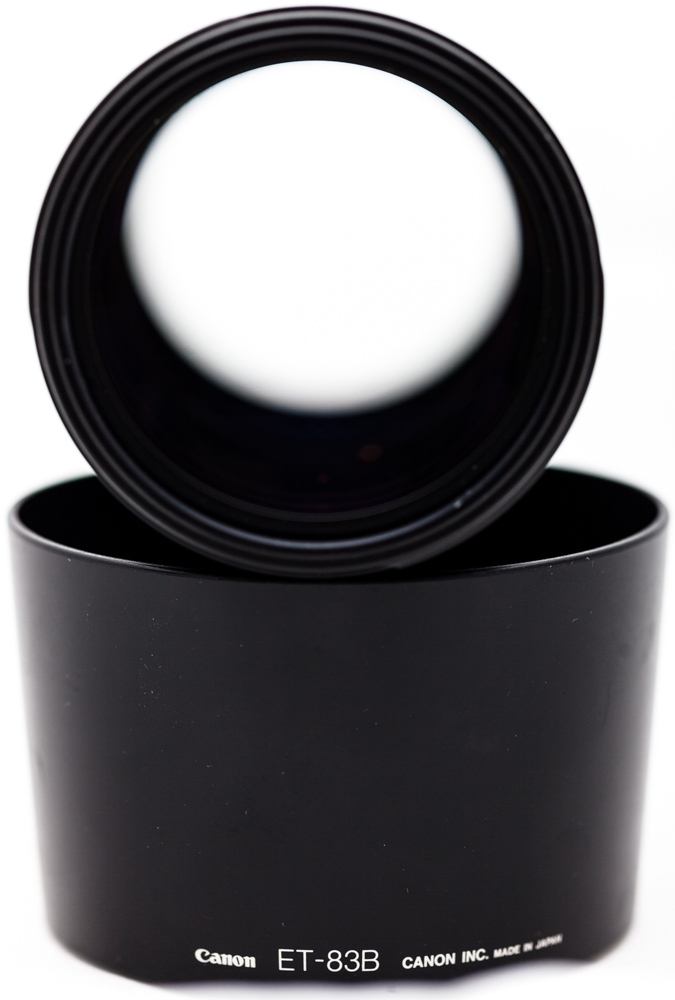
The lens feels like every L lens: sturdy, but not at the Zeiss level. The lens hood is very heavy, and just feels cheap. In addition, there is no marking on the lens or the lens hood to help with the places.
The auto focus works sublime, especially if you use the limiter. If the limiter (3.5 m-infinity, you have instant focus lock. Manual focus works just as with most USM lenses, fine, but don’t expect smooth and accurate focus like a manual focus lens.
The lens is 765gram very well for a long time to handle. There is a ring for a statiefgondel, but that is unfortunately not included with the lens. An original will cost you about lwa 100, and that is simply rip-off for a simple piece of metal. For years I have used a cheap counterfeit and did not complain about it.
Unfortunately, there is no IS on the lens and that is sometimes a disappointment if you have static objects you want to capture.
Methodology
I have always shot from a tripod with a cable release. The raw files through Lightroom, converted to jpg with the default sharpening (25), but without lens (no vignetting, and CA corrections).
Sharpness at “infinity”
Center sharpness

At f/2.8 is already very sharp. The little bit of blur in my example comes with a small, Dull unfortunately, but in the following scherptetest (close) you can see that the sharpness in the centre at f/2.8 a little to be desired. Plugging increases the contrast slightly, but there is also everything said.
APS-C hoekscherpte

Here is the sharpness at f/2.8 is also very nice, but plugging helps. At f/4 the sharpness is already very good and at f/5.6, the lens is ragscherp.
Fullframe hoekscherpte

Quite the same image as the aps-c angle: f/2.8, acceptable at f/4-sharp, and f/5.6 ragscherp.
Sharpness close
Center sharpness

Plugging to f/4 makes for a little more contrast, but that is really a nitpick. This lens is wide-open just ragscherp in the centre
APS-C hoekscherpte

The sharpness here at f/2.8 a bit less than in the center, but plugging it to f/4 makes it ragscherp.
Fullframe hoekscherpte

Virtually the same sharpness as in the aps-c corner. Further, line plugging than f/4 is really only needed for more depth of field.
Flares
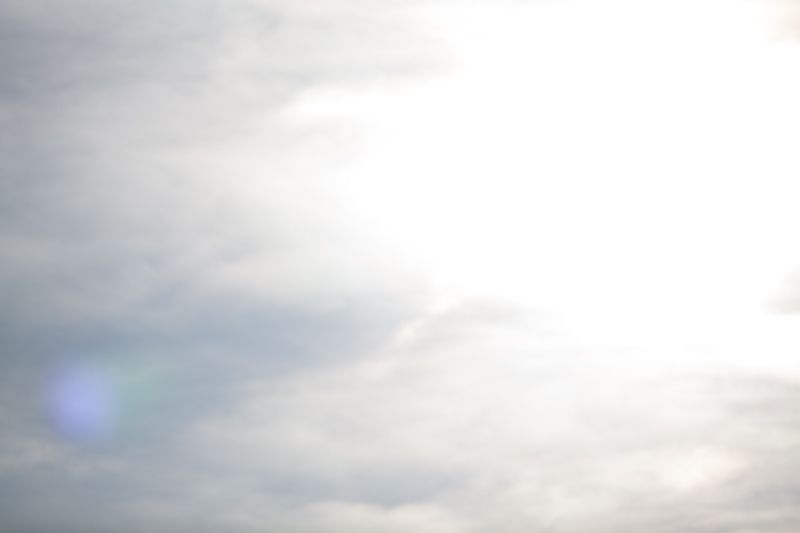
With the sun in the image at wide apertures gives a reasonably clear flare, but to be quite honest: you’re a proper idiot if you 200mm right in the sun shooting. With the sun just out of frame and the lens hood on the lens you have absolutely no problems with flares.
Bokeh
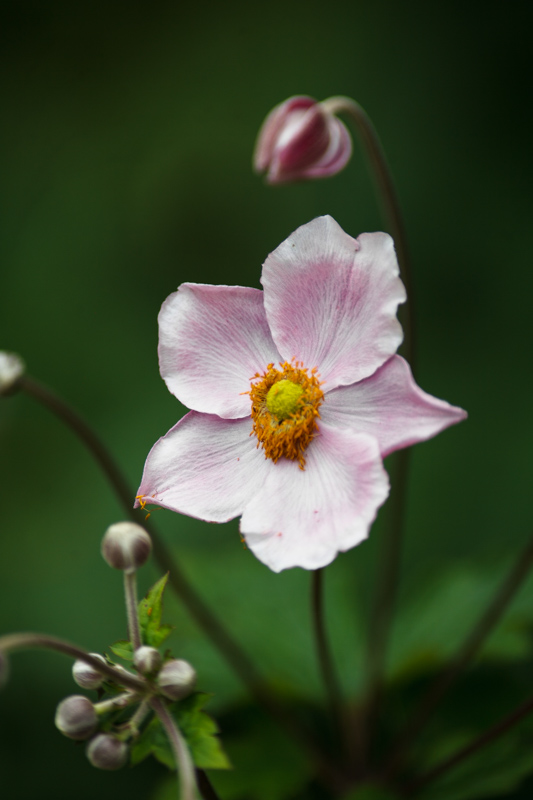
With a 200mm f/2.8, you can pretty easily blur the background create lwa ren. The bokeh of this lens is very soft and also with plugging arise, there are no disturbing edges.
Chromatic aberration
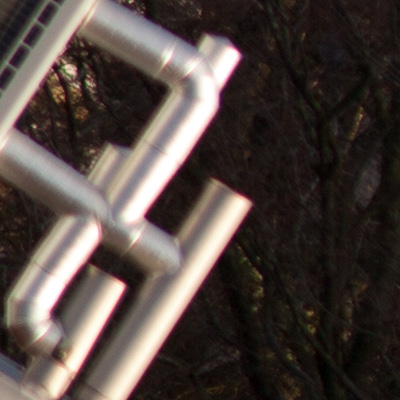
The lens has a bit of CA, as can be seen above. It is still rather limited, and fortunately easy to correct where necessary.
Teleconverter
The Canon 200mm f/2.8 L works with all Canon-mount teleconverters (especially Canon’s own tc’s will not fit on all (telephoto)lenses Canon). I myself have the excellent Kenko MC4 1.4 x teleconverter and the sharpness i.c.m. this lens is also very good. The focussnelheid take something off, but the difference is hardly noticeable in practice.
Conclusion
Really often I don’t use a telephoto lens, but if I were him I need, then it will cost me that with the Canon 200mm f/2.8 L is hardly comfort in my camera bag and the sharpness is very good. It can always be better, but for the price this lens is actually a no-brainer. Unfortunately, the lens often forgotten or undervalued in the purchase of a telephoto lens. The flexibility of a zoom lens is all too often overestimated, since many people have their 70-200 often at 200mm.
Anyway, I’m very glad my return a few years back and would not want to go back to a 70-200.
Additional photos
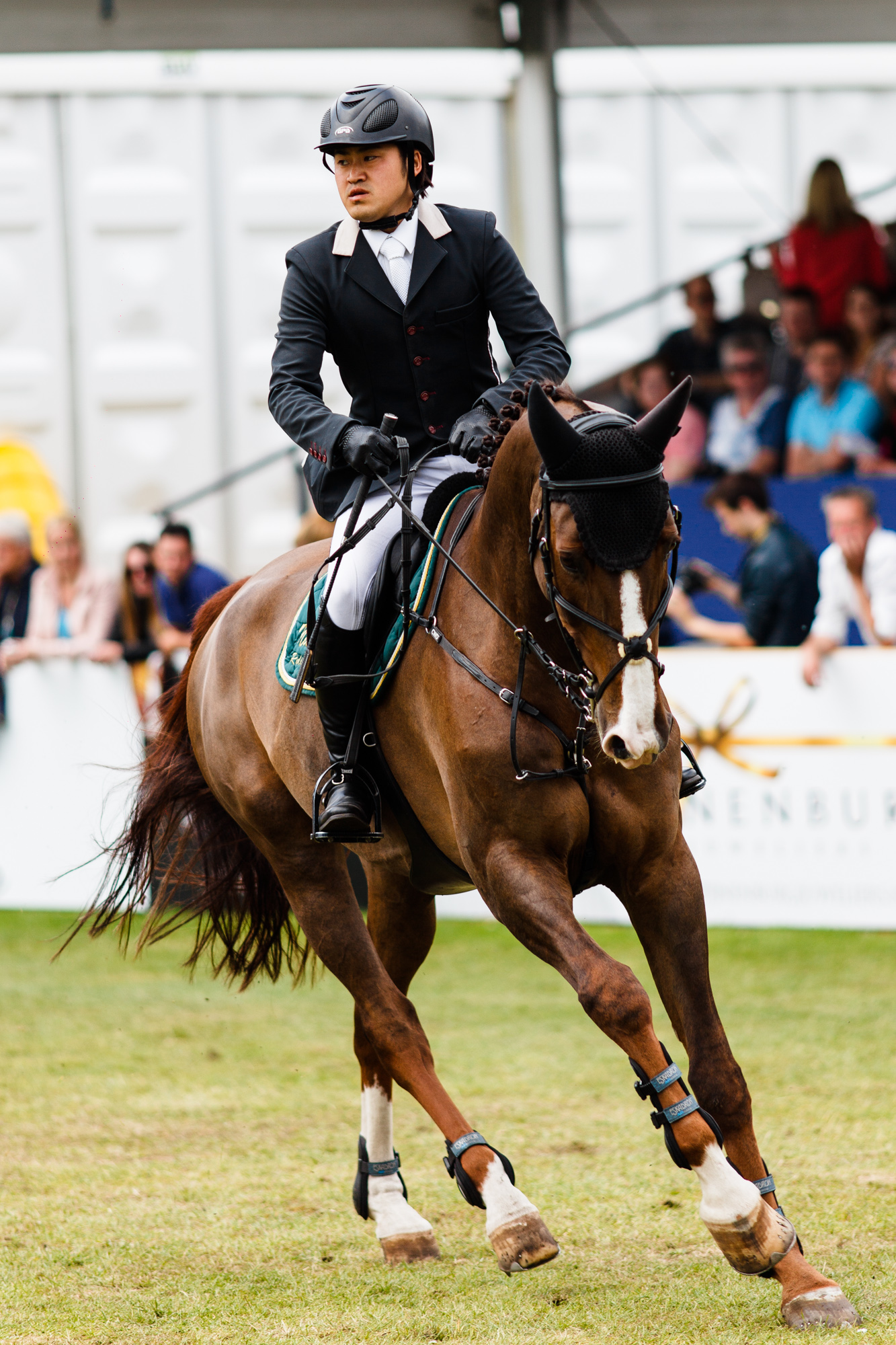
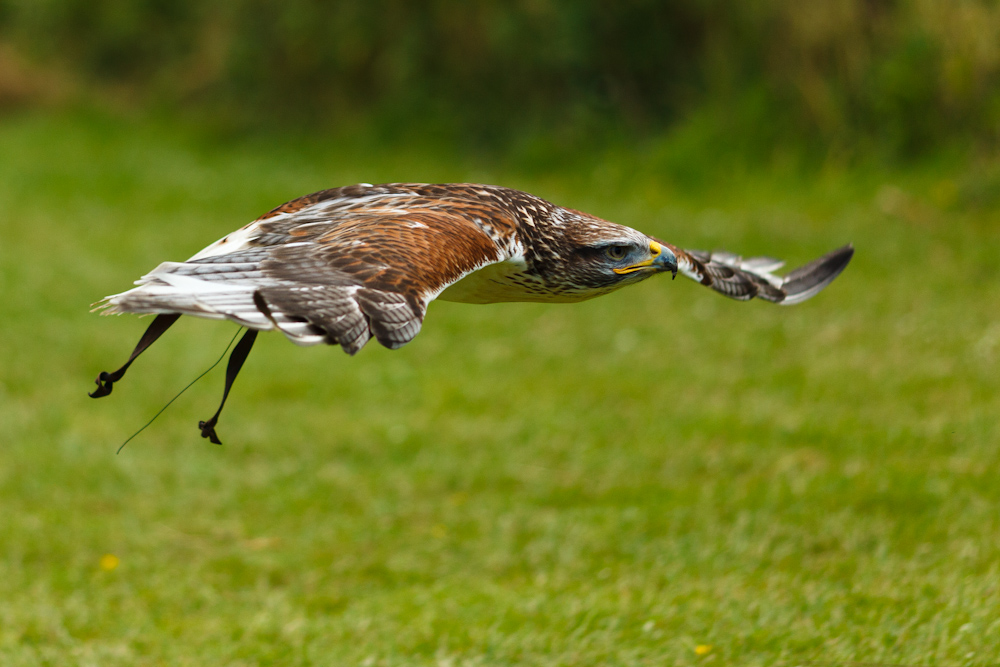
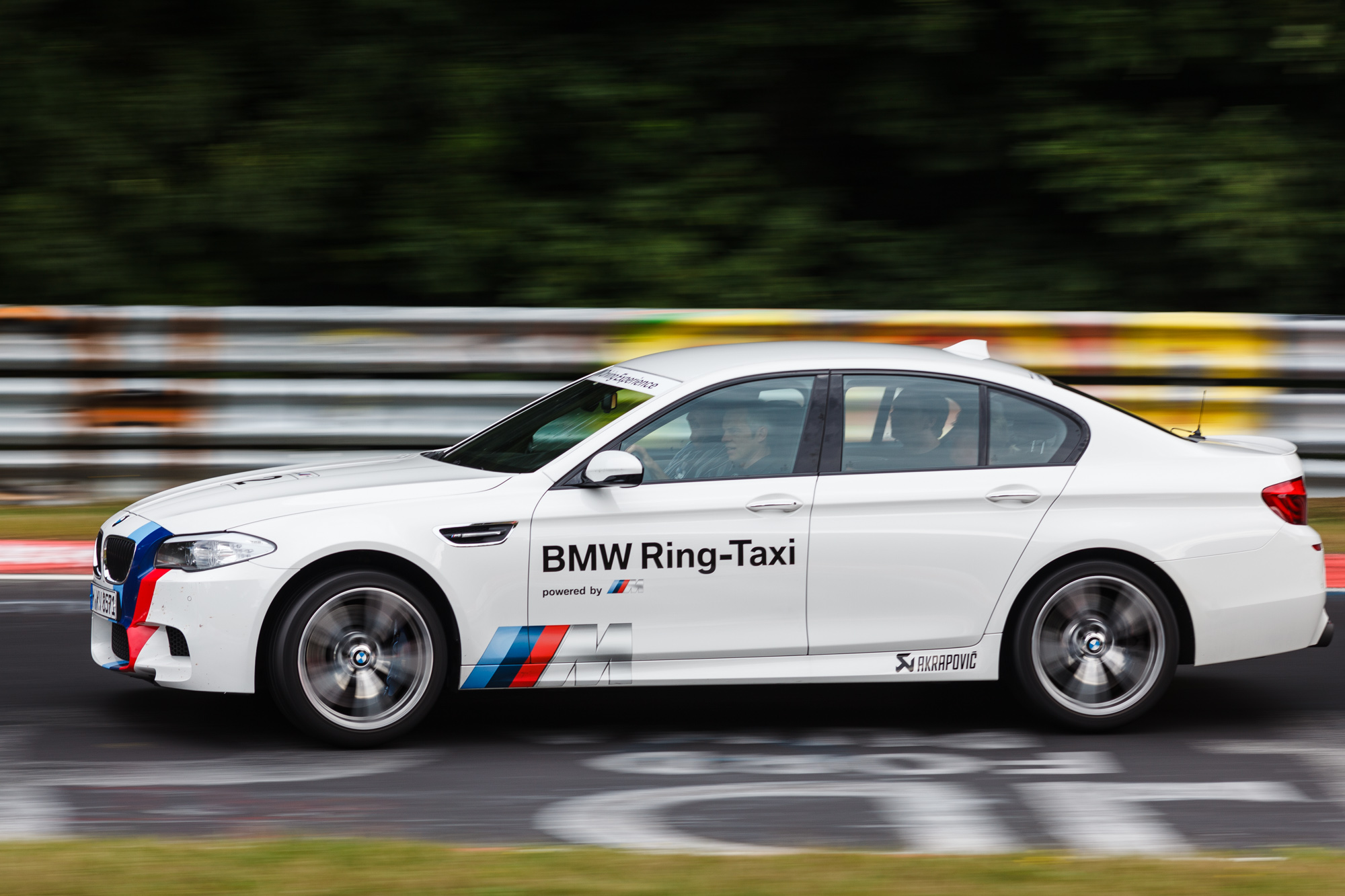
Used in combination with:
- Canon EOS 5D Mark II Black
View all images:















